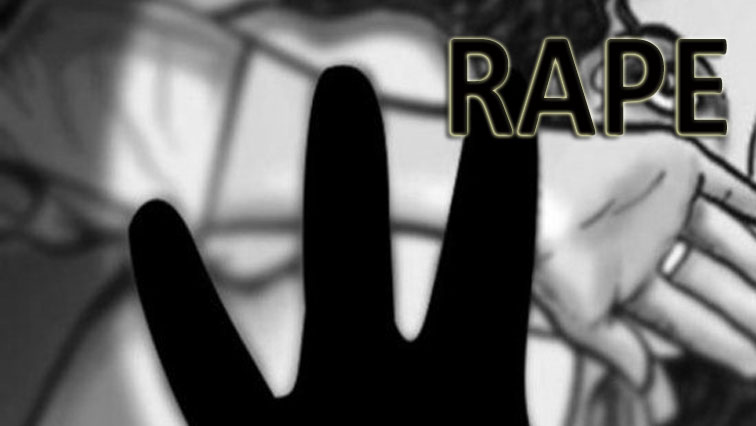
BY OSCAR NKALA At least 105 000 wild animals are shot and killed by European and American trophy hunters across Africa every year, despite growing evidence that African communities are not reaping any benefits from the millions generated annually from trophy hunting.
An analysis recently conducted by the United Kingdom-based Ban Trophy Hunting (BTH) campaign found varying annual estimates of the number of African wild animals killed by trophy hunters.
While the International Union for the Conservation of Nature (IUCN) gave the lowest estimate at 105 000 fatalities, the International FAW put the figure at 176 000 fatalities.
However, Human Society International (HIS) reported at least 126 000 wildlife trophies harvested from Africa enter the United States alone per year.
BTH said the collation of accurate figures to gauge the impact of trophy hunting on African wildlife populations was partly because of questionable exemptions provided by the Convention on International Trade in Endangered Species of Flora and Fauna (CITES) rules that regulate trophy hunting.
“The difficulty lies partly in the fact that animals, which are not listed as protected under CITES may not require import or export permits,” BTH said.
“This makes it difficult to gauge the number of wildlife trophies traded annually.
“CITES totally prohibits or severely restricts trade in certain endangered species, but still allows those same CITES-listed species to be shot by trophy hunters.
- Chamisa under fire over US$120K donation
- Mavhunga puts DeMbare into Chibuku quarterfinals
- Pension funds bet on Cabora Bassa oilfields
- Councils defy govt fire tender directive
Keep Reading
“The exemption is controversial, not least because it relies upon a claim that trophy hunting does not constitute ‘commercial’ trade.”
The organisation noted that while trophy hunting may not be primarily for personal profit, there are clear indications that it is a commercial industry since most wildlife trophies end up at public auctions, wildlife product shops or sold online.
“The requirement for trophy hunters to secure import and/or export permits from national CITES authorities does, however, mean that it is possible to estimate the volume of trade in endangered species,” it said.
“While numbers vary from year to year, in recent times the number of trophies of endangered animals exiting and entering nations is approximately 35,000 annually.”
However, BTH said even this figure must be treated as a broad estimate rather than precise statistic due to considerable discrepancies within the CITES database.
Among other anomalies with the global wildlife trade register is that the number of trophies reported exported by one country often contradict those found in the import records of the receiving country.
“The number of trophies reported does not necessarily equate with the number of animals shot: while CITES guidelines state that all body parts from a hunted animal should be counted as one trophy, it is often the case that some national CITES authorities count different body parts as individual trophies,” BTH said.
The group also cited confusion arising from a tendency by CITES to re-classify wildlife trophy products:
“For example, some recent polar bear body parts classified by CITES as hunting trophies and imported into the UK were subsequently reclassified as commercially-traded products.
“An inspection of the CITES database also reveals multiple instances of items clearly identified as hunting trophies that are inexplicably not included in the hunting trophy section of the database but indicated in one of many other sections including ‘personal use’, ‘educational’ purposes, and – most confusingly of all – commercial trade.”
Efforts to get a comment from the CITES international secretariat and the regional office in Harare were unsuccessful.
The top African trophy hunting destinations include Kenya, Uganda, Tanzania, Zambia, Botswana, Namibia, South Africa and Zimbabwe.










